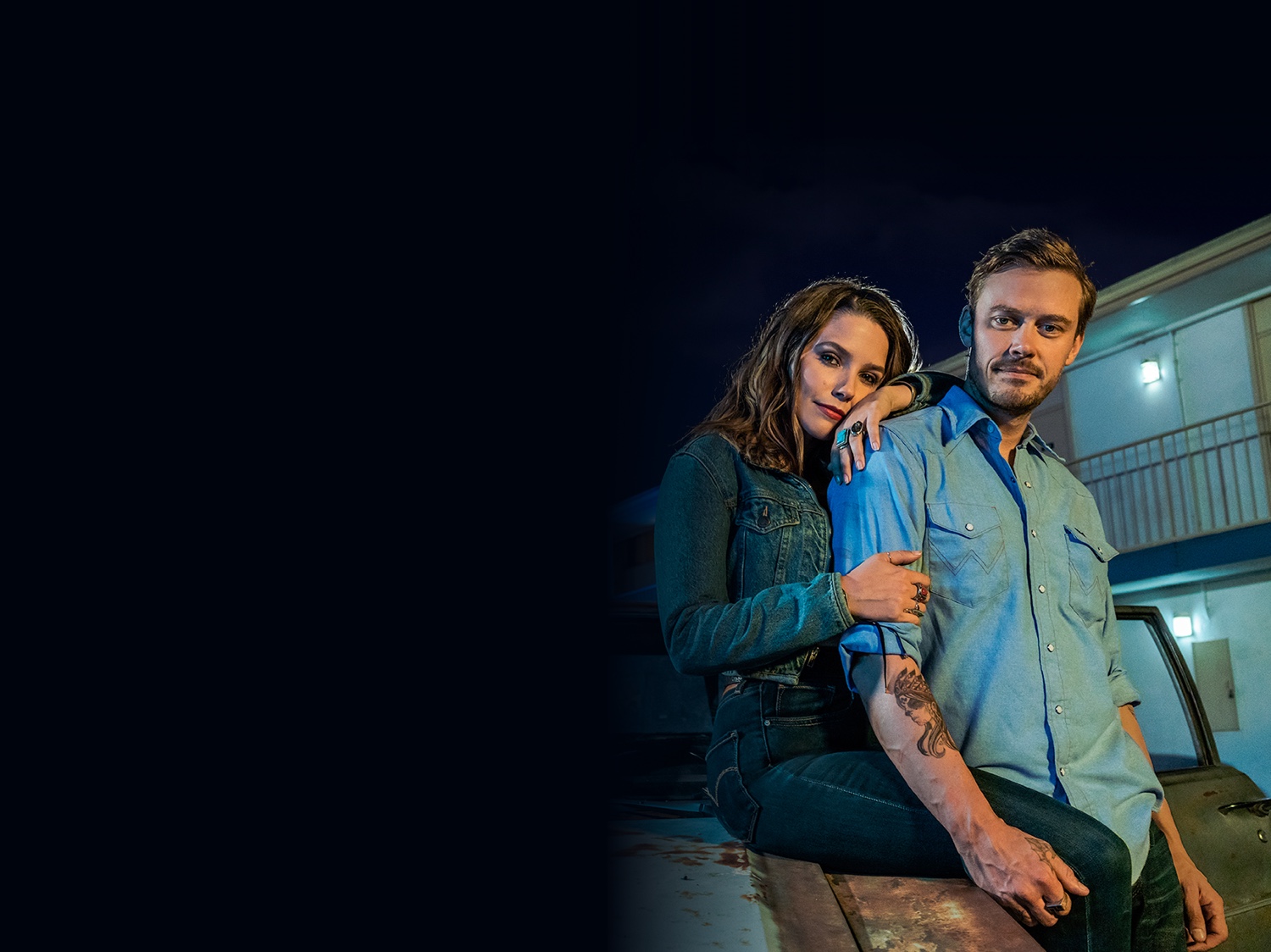My Apocalyptic Thanksgiving
by Rachel Willis
With My Apocalyptic Thanksgiving, writer Richard Soriano and director Charles B. Unger have crafted a touching and unique holiday film.
When Doris, the matriarch of a group home serving adults with special needs, unexpectedly dies, it leaves Marcus (Joshua Warren Bush) awash in loneliness and obsessed with a TV show called Apocalyptic Zombies. Come Thanksgiving, Marcus decides he wants to spend time with his long-absent mother.
A colorful cast of characters populates this film. There is Frank (Walker Haynes), who’s trying to fill the void Doris left behind in the group home, and the Park family. It is friction between young Kim Park (Chris Wu) and his parents that leaves a hole Marcus seems to fill.
Luis (Paul Tully) and Paco (David Jenson Perez) are local thugs who see Marcus’s size as a benefit to their operation. Social worker Nicole (Ciera Foster) does her best to help Marcus find his mother, despite Frank’s protestations.
One of the themes of the film is the constant conflict that affects the lives of many adults with special needs. It is clear Marcus cannot consistently take care of himself, but he is independent enough to resent the intrusion of those in charge of his care. He is allowed some freedoms: a job at the local laundromat, the ability to visit with friends. But he is still subjected to a curfew, to the demands to take his medication, even when he expresses his right to refuse.
Bush does a stunning job of encompassing the very real struggles that affect many adults with special needs. Marcus understands that he is frequently at the mercy of someone else’s wishes, but his desperation for family makes him easy to manipulate. Those with good hearts sometimes use this naivety to their advantage. Others with more devious intentions know exactly how to twist the knife in Marcus’s aching heart.
The film’s most disappointing element is the constant return to the fictional zombie show. Though it is an important part of Marcus’s life, the show and its actors never feel truly integrated into the film. This is especially true as we get to know our “real-world” characters. The forced humor of the show draws our attention away from the more interesting elements.
However, this is the only thorn in an otherwise lovely film. The writing is sensitive, and the actor portrayals are poignant. This is a delightful, sometimes devastating, portrait of what it means to be a family.














